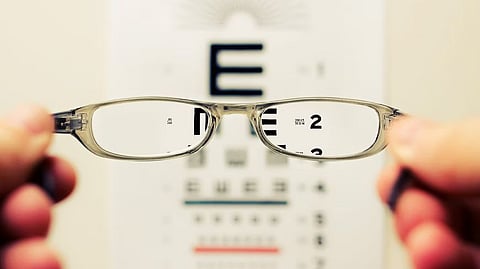The number of people with wet age-related macular degeneration (AMD) who fail to show up for follow-up appointments is higher than ophthalmologists feared. New data to be presented at AAO 2022, the 126th annual meeting of the American Academy of Ophthalmology, shows that 1 in 9 people are foregoing sight-saving eye injections. The study highlights the need to redouble efforts to educate patients about treatment and for researchers to speed up alternative treatments that require fewer follow-up visits.
Ophthalmologists have a powerful tool to treat AMD, a leading cause of blindness among adults over the age of 50. Anti-VEGF eye injections allow more than 90 percent of patients to keep their vision, but only if they stick to their recommended treatment plan. For most people that means going to the ophthalmologist’s office for eye injections every one to three months. Failure to do so can cause irreversible vision loss.
Ophthalmologists have long known that it’s difficult for many elderly patients to keep up with the schedule, as they struggle with other maladies and rely on others to get them to their visits. But what about people who just don’t return? Did they go to another clinic? Who are these patients? Are there certain groups of people who are more likely to skip their appointments?


